

If crude oil is the lifeblood of the Omani economy, then the Main Oil Line of Petroleum Development Oman (PDO) is the nation's primary artery.
Stretching some 1,500 kilometres across Oman, from Marmul in the south and from Lekhwair in the north to Muscat on the coast, the Main Oil Line requires constant attention in view of its vital importance.
It's difficult to miss the giant tanker ships as they moor in Mina Al Fahal bay to collect hundreds of thousands of barrels of Omani crude oil. Across the interior, the oil facilities of the PDO are also a very visible reminder of how important oil is to the national economy. But the vital link between the two -the Main Oil Line (MOL) - is hidden from view, buried around two metres below ground.
The MOL dates back to July 1967, when it was built to carry oil from the newly discovered Yibal, Natih and Fahud fields (Oman's first producing fields) to the terminal at Mina al Fahal (which was then known as Saih al Maleh). Since then, the MOL has expanded and grown branches as each oil field has come on stream.
Pipelines of this type need to be made of steel, in order to withstand the high pressures (sometimes up to 120 times atmospheric pressure) involved in pumping large quantities of oil to their destination. But even the best quality steel can be corroded by water, oxygen and impurities carried by the oil.
This corrosion is made worse when the oil flows slowly, thereby allowing water to separate from the oil and settle at the base of any undulations in the line or allowing impurities to attach themselves to the inner surface of the pipeline.
PDO keeps the oil flowing thanks to several pumping stations along the MOL (see main illustration). In some sections the MOL is also supplemented with a second, "loop" pipeline, to increase its capacity.
To clean away any water that does settle in the pipeline, PDO sends "pigs" into the MOL on a weekly basis. Typical cleaning pigs range from a plastic ball to a lump of foam or a system of plastic discs connected by a long piece of metal. Once inserted into the line, they are carried along by the flow of oil. As they are designed to fit snugly within. The 'pig' launch and receiving stations are one of the few elements of the Main Oil Line which are above ground the diameter of the line, they will sweep out water and other impurities before being steered back out of the line and into the pig receiver by deviations in the line.
The pig, along with everything it has cleared out, can then be removed and cleaned up. (The pig launch and receiving stations are some of the few elements of the MOL that are above ground.)
Every two years or so (depending on the age and condition of the line) an "intelligent" pig will be deployed. These pigs are packed with sensors that can check the condition of the inside and outside walls and highlight any corrosion. This information helps determine where to inject substances that can inhibit further corrosion. The data can also reveal if a section of the line needs repairing or - in the worst case - replacing, or if it can still be operated but at lower pressures.
Active monitoring and maintenance of pipelines in this way has been proven to extend their life well beyond the 20 years that used to be considered a normal lifespan.
The intensive maintenance programme also means that oil leaks from the MOL are very rare. If there is a leak, often the first sign that something is wrong is a drop in pressure detected at one of the many gauges spread across the length of the line.
The MOL has a graded road beside it, so PDO inspection and maintenance teams can travel up and down it regularly, to inspect it as well as do other routine jobs. If enough oil has escaped, it will start to appear in the sand above the pipeline, and there are emergency telephone numbers that passing Bedouin or local villagers can call if they spot oil on the ground.
Once the leak has been pinpointed, the pipeline will be shut down, and the leaking section dug out so that a clamp can befitted over it, providing a temporary seal until a full replacement of the section can be arranged.
Looking to the future, new replacement materials for steel pipelines are constantly being evaluated, including glass-reinforced epoxy and glass reinforced plastic.
These are already being used in Oman for some water and drain lines, where the pressures are lower and the risk of corrosion is higher. For now, though, Oman's Mail Oil Line will continue to be made from steel, and it will continue to be managed with special care to safeguard the flow of the nation's lifeblood.
Although one might think that the last thing an ail pipeline needs is lubrication, operators of large crude-oil pipelines, such as the Main Oil Line, depend strongly on drag-reduction agents (DRAs), which effectively lower the oil's viscosity. They work by forming long molecular chains that lower the friction not only within the oil itself but also between the oil and the inside wall of the pipeline.
PDO uses water-based DRAs, which act more quickly than the oil-based alternatives. They are also kinder to the environment, should they be spilled onto the ground. All DRAs will eventually dissolve completely into the oil, so there is no need to extract them when the oil reaches its final destination.
Because drag reducers are dispersed and rendered ineffective every time they pass through a pump, they are always injected immediately after passing through a pumping station - in PDO's case, after the Hubara and Sahma booster stations, as well as at the Marmul oil station (see main illustration).
There are two situations where drag reducers are especially useful to PDO. The first is when the Man Oil Line has to be shut down, either for routine maintenance or in case of a technical problem. In these situations it would be extremely costly and problematical to also shut down production, so each of the main oil stations has tanks in which up to eight hours of production can be stored, giving an eight-hour window in which to work on the line.
When the line is opened up again, however, it will of course resume flowing at full capacity, leaving some 200,000 plus barrels of oil in the storage tanks that under normal circumstances could only be allowed to trickle into the line. If the tanks are full, this operation would take around three weeks - along time to run the risk of a shut down in production.And this is where drag reducer comes into play. By adding it to the pipeline and thus increasing the flow of oil, the tanks can be drained in a matter of days rather than weeks.














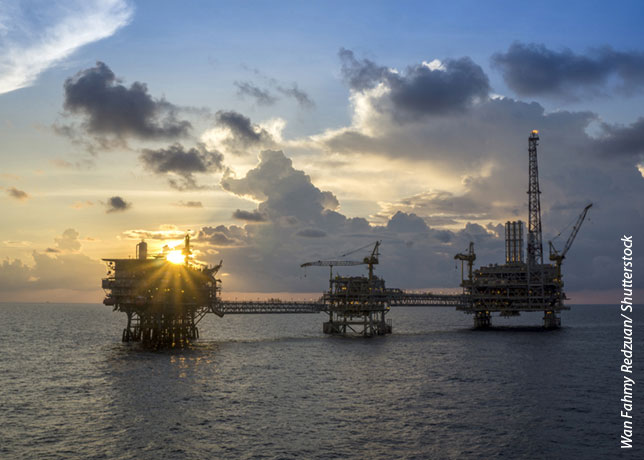

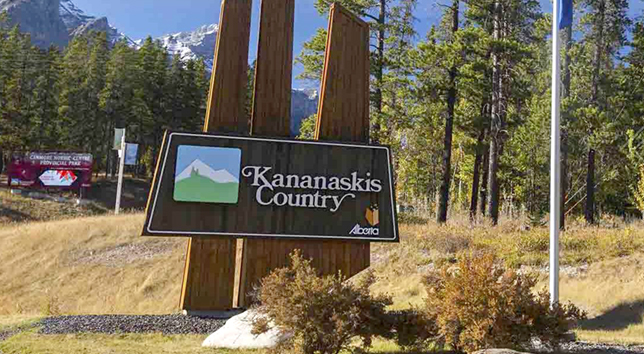





















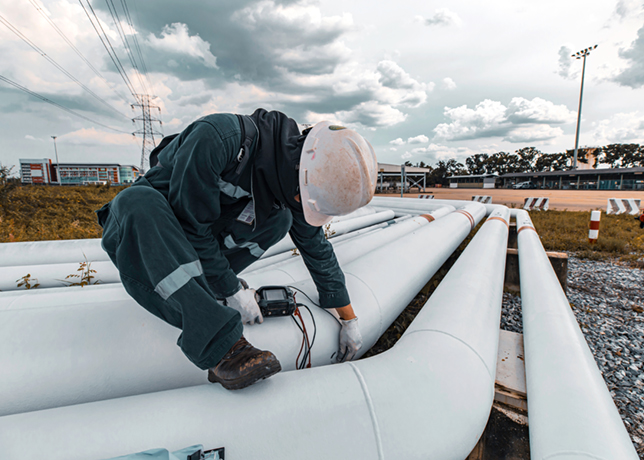
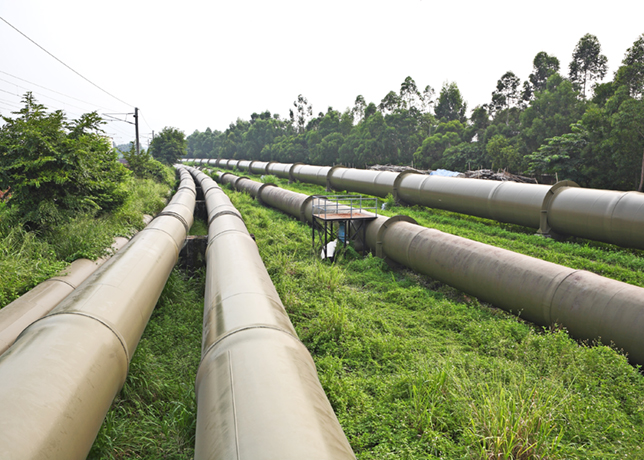





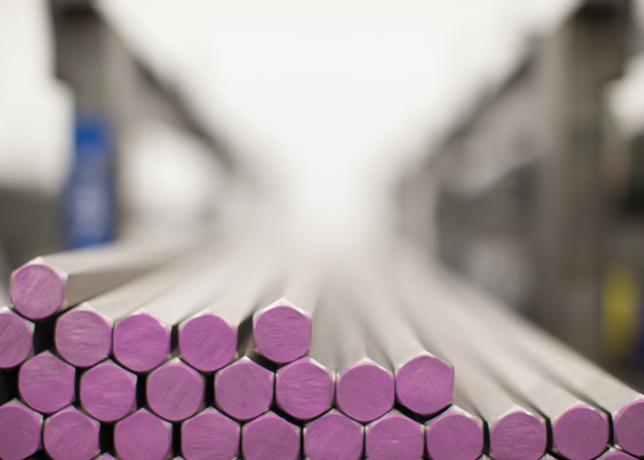

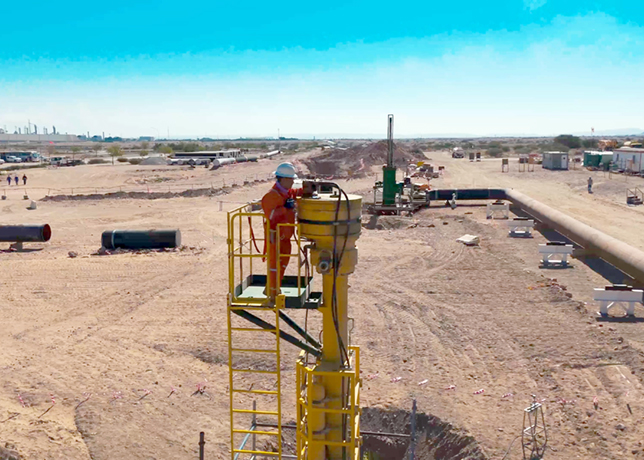

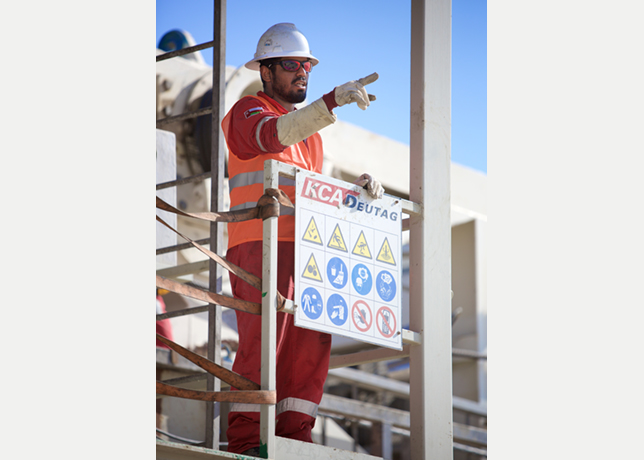
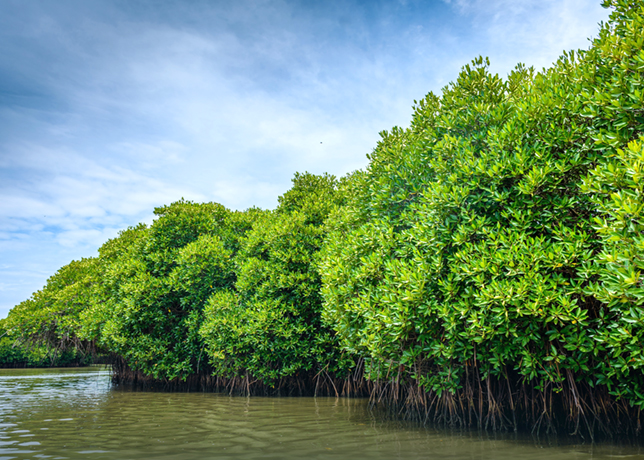



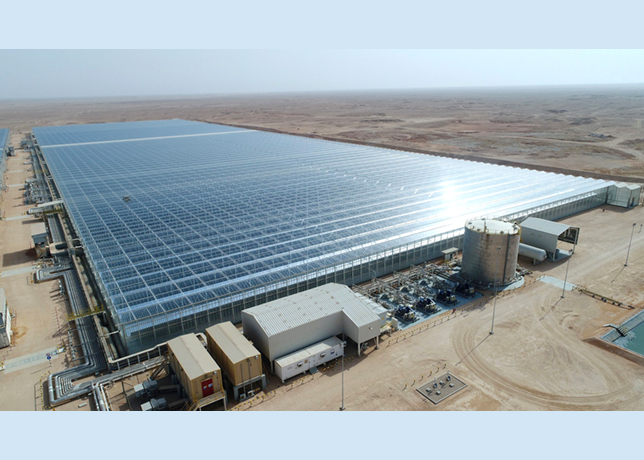




































.jpg)




.jpg)